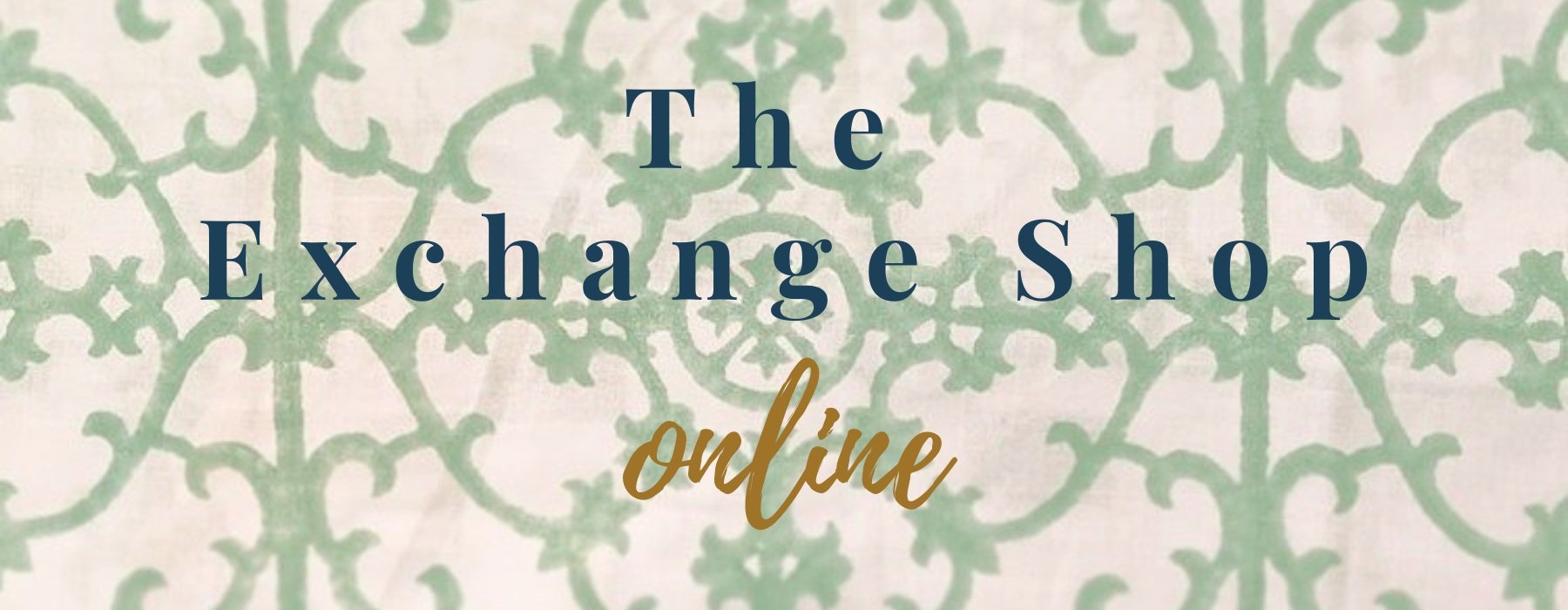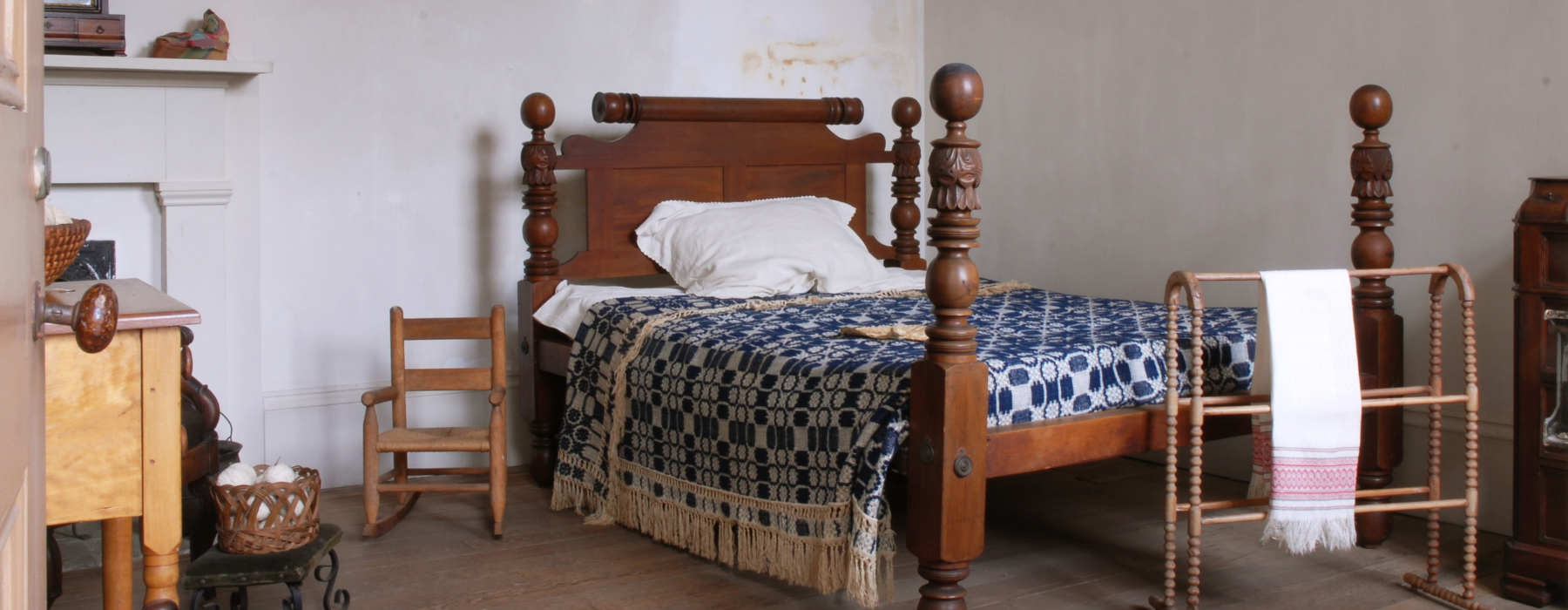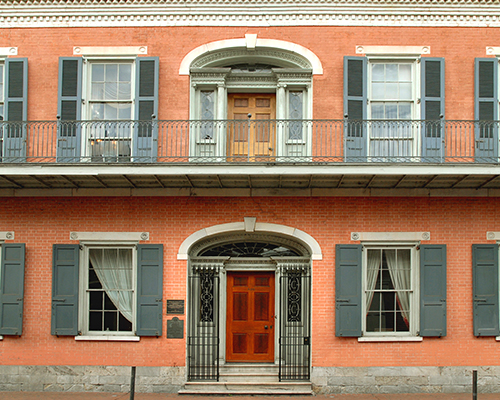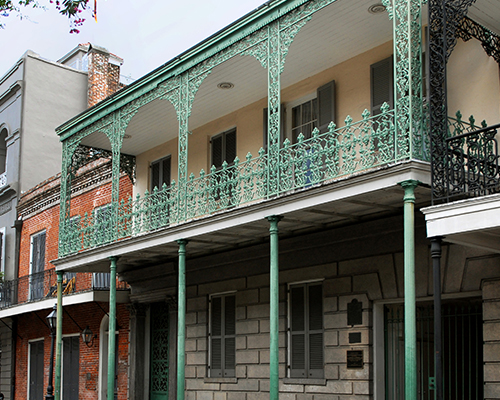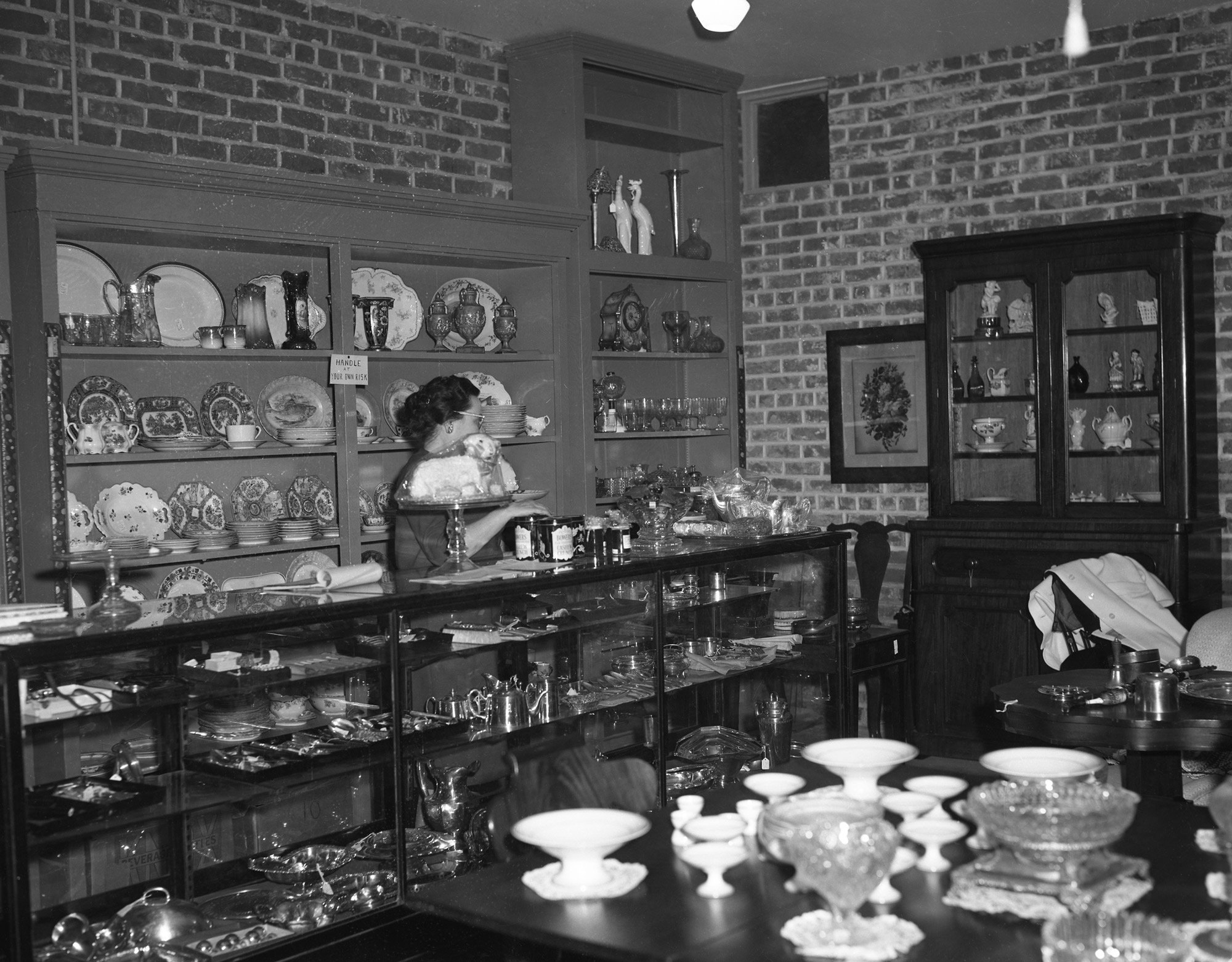Hermann-Grima House
This restored French Quarter home built in 1831, includes a Federalist architectural façade, original operating open-hearth kitchen, urban slave quarters, and expansive courtyard. The Urban Enslavement Tour at Hermann-Grima House, looks at the experiences of those who were enslaved in an urban setting, how that differed from those enslaved in rural settings, and how the contributions of people of African descent have shaped New Orleans. Condé Nast Traveler voted it one of the best tours in New Orleans and the only tour listed from a museum. We believe that nothing tells a story like a home. In addition, the property’s 19th-century carriage house is home to the The Exchange Shop, originally founded in the 1881 by The Woman’s Exchange and one of the oldest women-led non-profits in the South.
HOURS
Open 6 Days a Week: 10am to 4pm
*CHECK OUR SOCIAL MEDIA FOR LAST MINUTE CLOSURES
Tour Times:
Wednesday through Monday; closed Tuesdays
10am, 11am, 1pm, 2pm, 3pm (*no 12pm tours)
*Reservations encouraged
Gallier House
Built in 1860, by local architect James Gallier, Jr. as his private family residence, this Victorian French Quarter townhouse exemplifies architectural features that are not only unique to New Orleans, but also innovative and advanced for the period. Marked by an iconic Paris Green gate, the Royal street home includes an ornate interior décor, running hot and cold water, experimental skylight, intact attached slave quarters, and classic courtyard.
HOURS
Open 6 Days a Week: 9:30am to 3:30pm
*CHECK OUR SOCIAL MEDIA FOR LAST MINUTE CLOSURES
Tour Times:
Wednesday through Monday; closed Tuesdays
Tour Times: 9:30am, 10:30am, 12:30pm, 1:30pm, 2:30pm (*no 11:30am tours)
*Reservations encouraged
The Exchange Shop
Located in one of the few remaining 19th-century French Quarter stable buildings, The Exchange Shop follows the long tradition of Woman’s Exchanges across the country and offers local artisanal goods. The Woman’s Exchange of New Orleans, established in 1881, remains one of the oldest women’s nonprofits in the South and operates both historic houses and The Exchange Shop. Visit The Exchange Shop at 818 St. Louis Street, the shop’s extension at Gallier House, or online.







